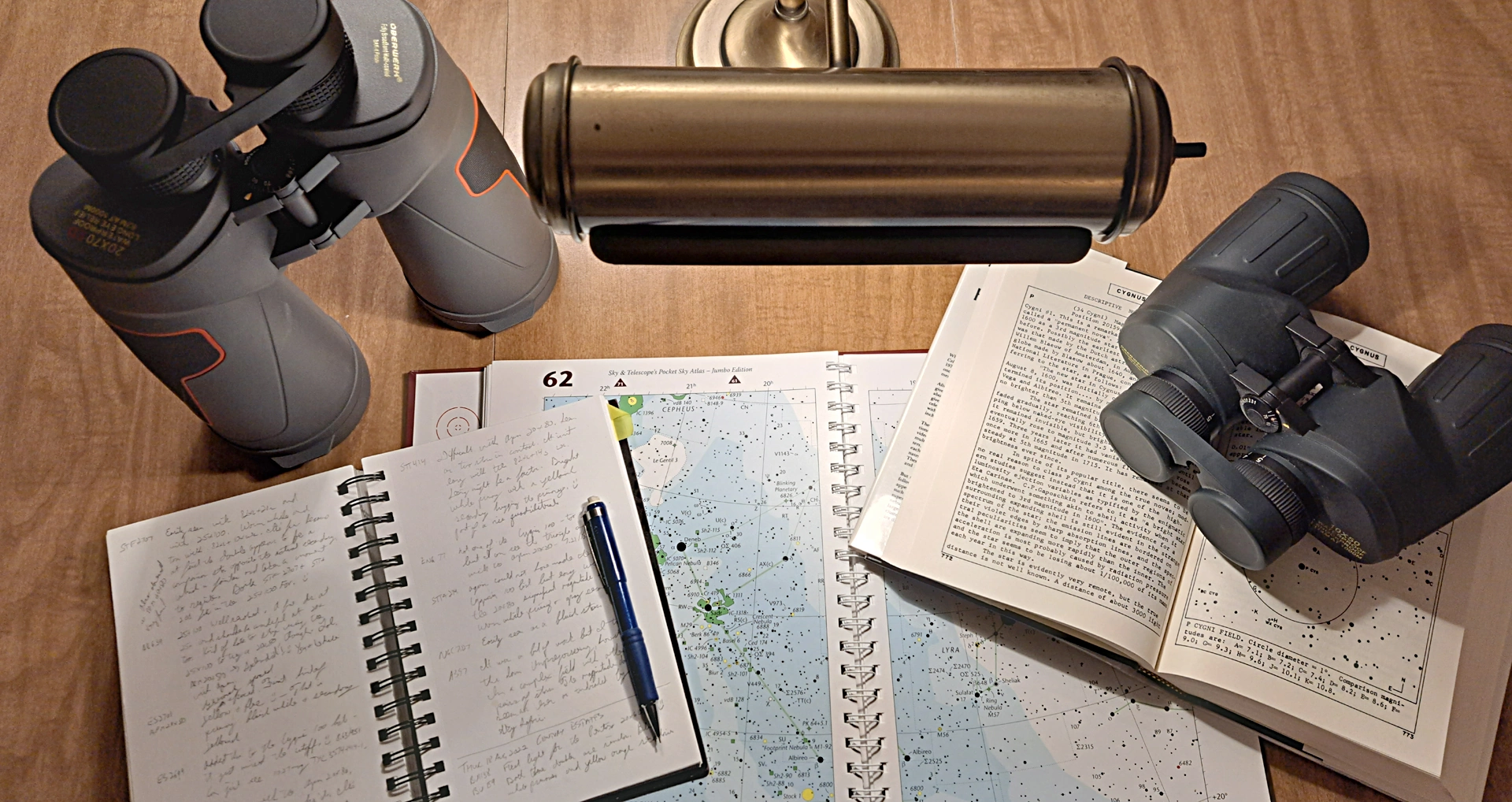
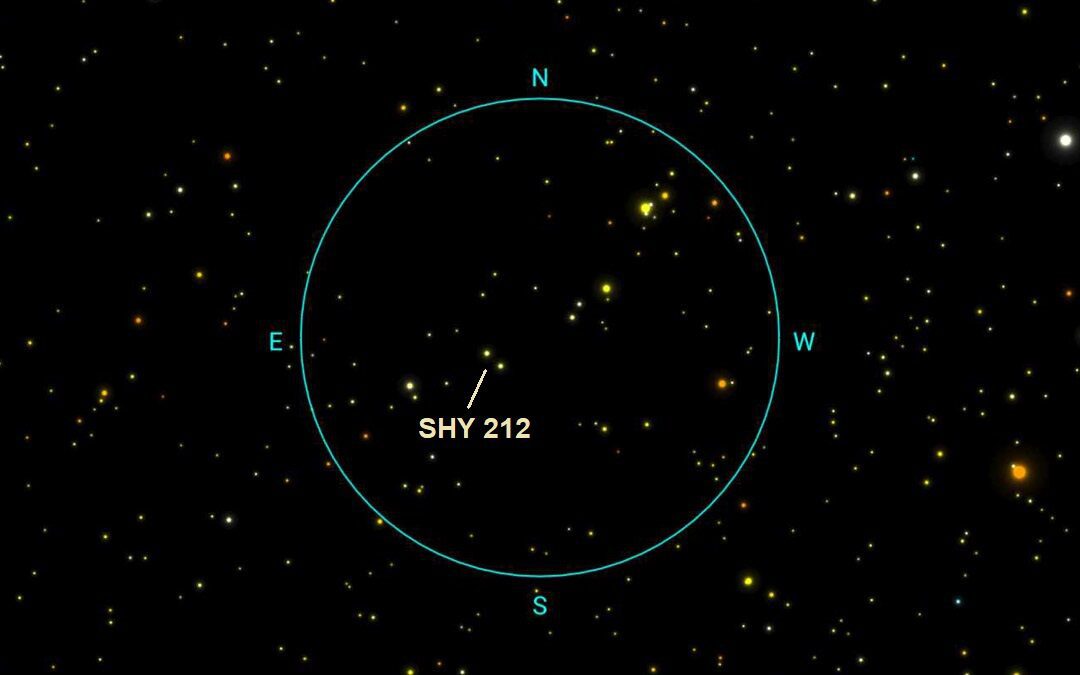
Further Adventures with Comoving Stellar Companions
Noting that Leo Minor contains four SHY binary stars, I decided to seek out the other three after observing SHY 552 in my first adventure with very wide binaries and other comoving stellar companions. 😉 SHY 552 has a relatively cozy separation of 106.9 arc-seconds. My...
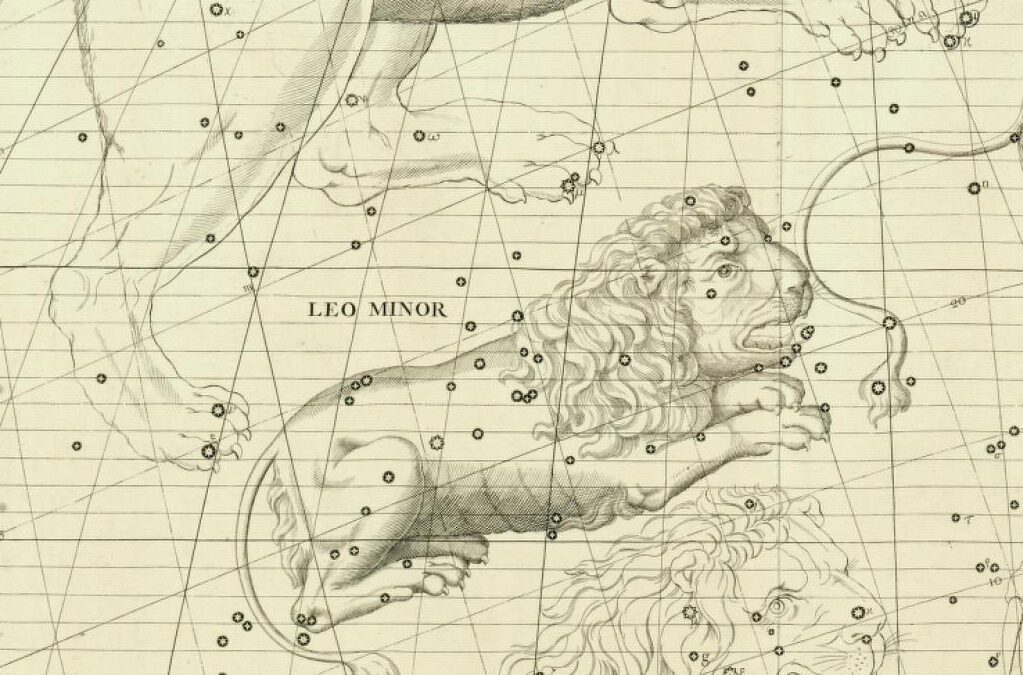
A Shy Double Star in the Little Lion
A few weeks ago I was consulting Sky Safari and StelleDoppie to identify objects of binocular interest in Leo Minor and found a likely double star in the upper northwest corner of the constellation boundary with Ursa Major, near Tania Australis. Only a WDS code (no...

Double Duty with Phil Harrington
April and May suburban skies lack bright bounty for binoculars because the Milky Way is mostly out of sight as we look upward out of the spiral disk of our galaxy, rather than into it as we do in winter and summer when it is high overhead. The Milky Way is the visible...
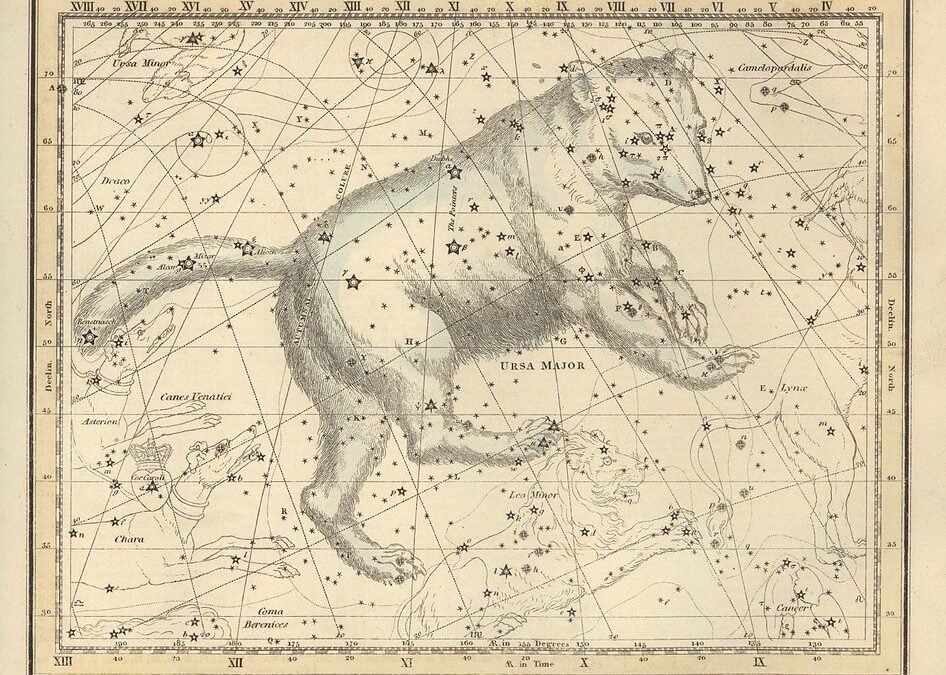
The Bear and the Gazelle
Perusing constellation boundaries is one of the pleasures of binocular astronomy for me. I'm reminded of the waggish remark on the golf course when a ball has been driven well off the fairway and the helpful comment is made, "A person should really play the 'whole'...
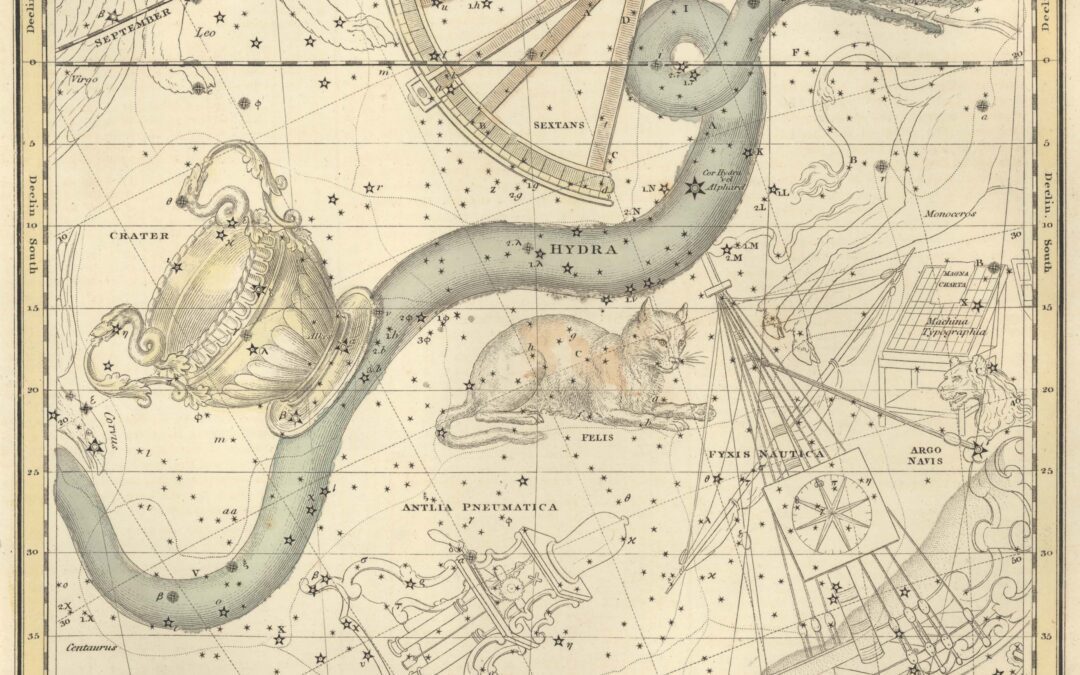
A Carbon Night in Hydra
Hydra is the largest constellation in the night sky (1302.84 square degrees). It can be challenging for suburban observers in mid latitudes (like Kansas 😉) because its northern border is at 7 degrees of declination, well to the south, and neighboring houses and trees...
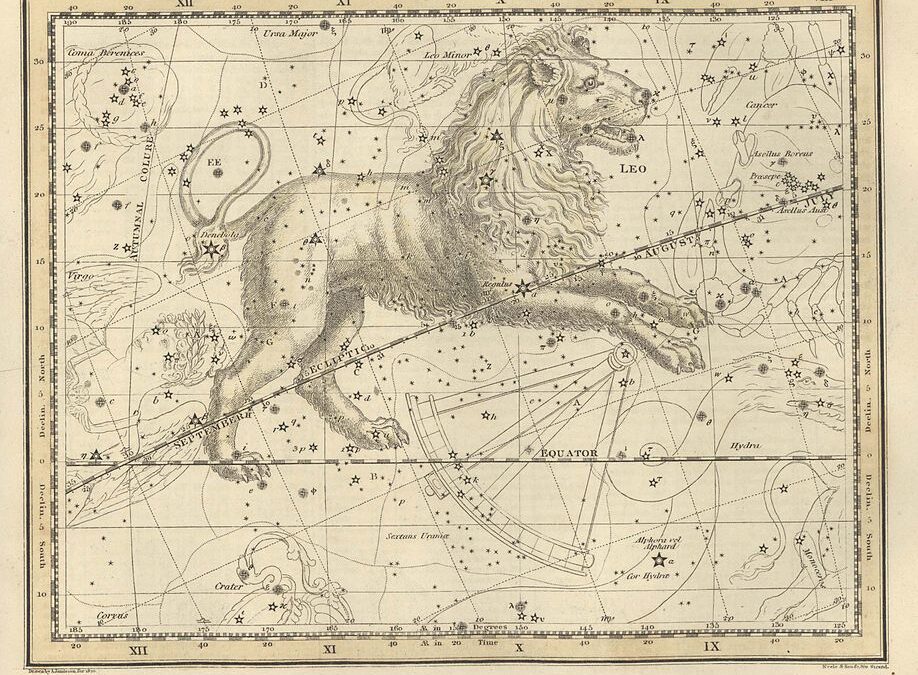
The Epic of Algieba
On the evening of Wednesday, May 3, 2023, I was seduced outside by mildly crappy skies (instead of the forecast 100% cloud cover and rain) and a spanking new Nikon 18x70 IF WF binocular begging for starlight. Here is a shout out to my Cloudy Nights friends...
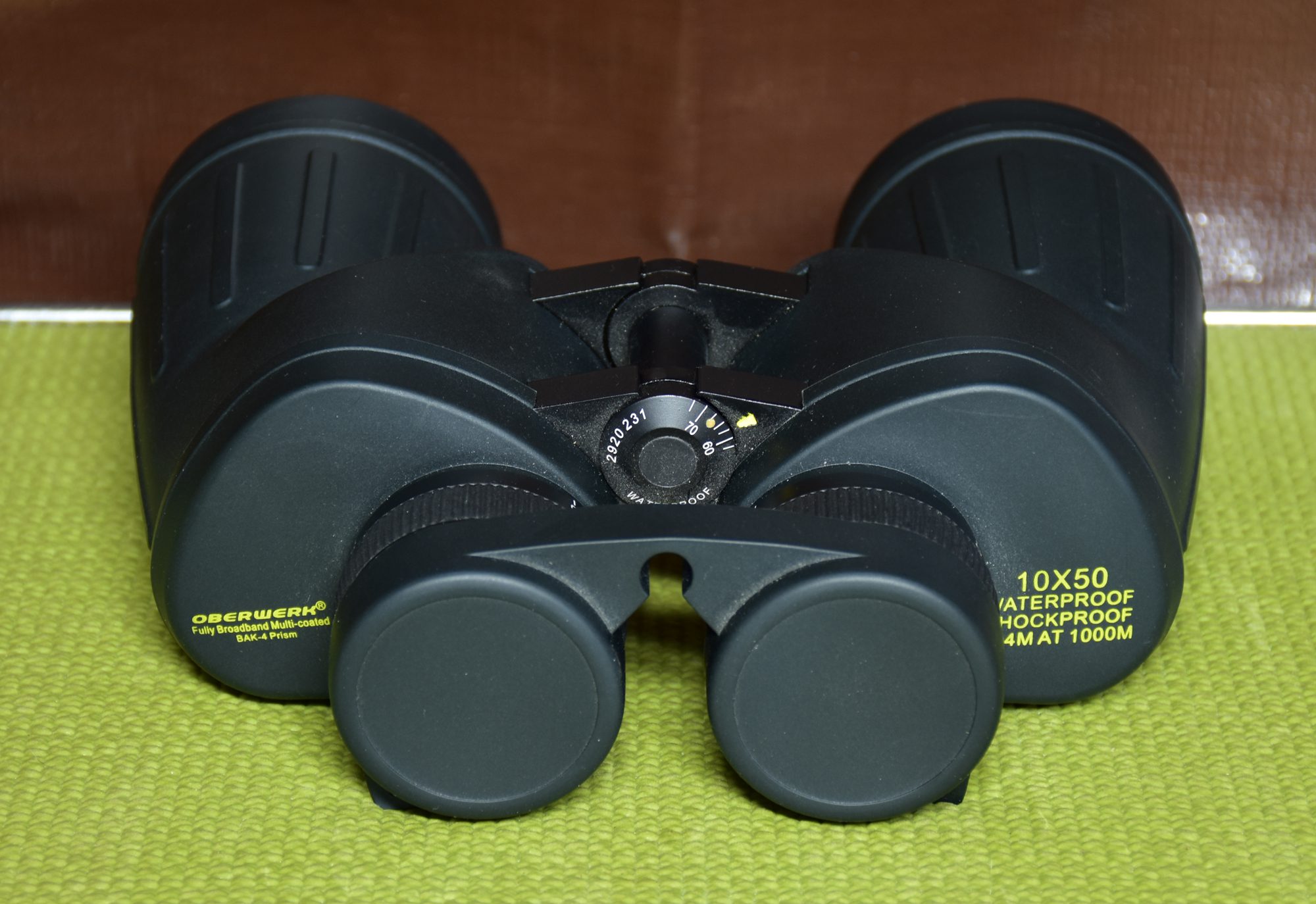
Close Double Stars for 10x Binoculars
A misperception exists about the capability of 10x binocular to resolve closer double stars. The actual limit is much closer than often believed. The closest double star I have resolved with a 10x binocular is 100 Herculis, which has a separation of only 14.3...
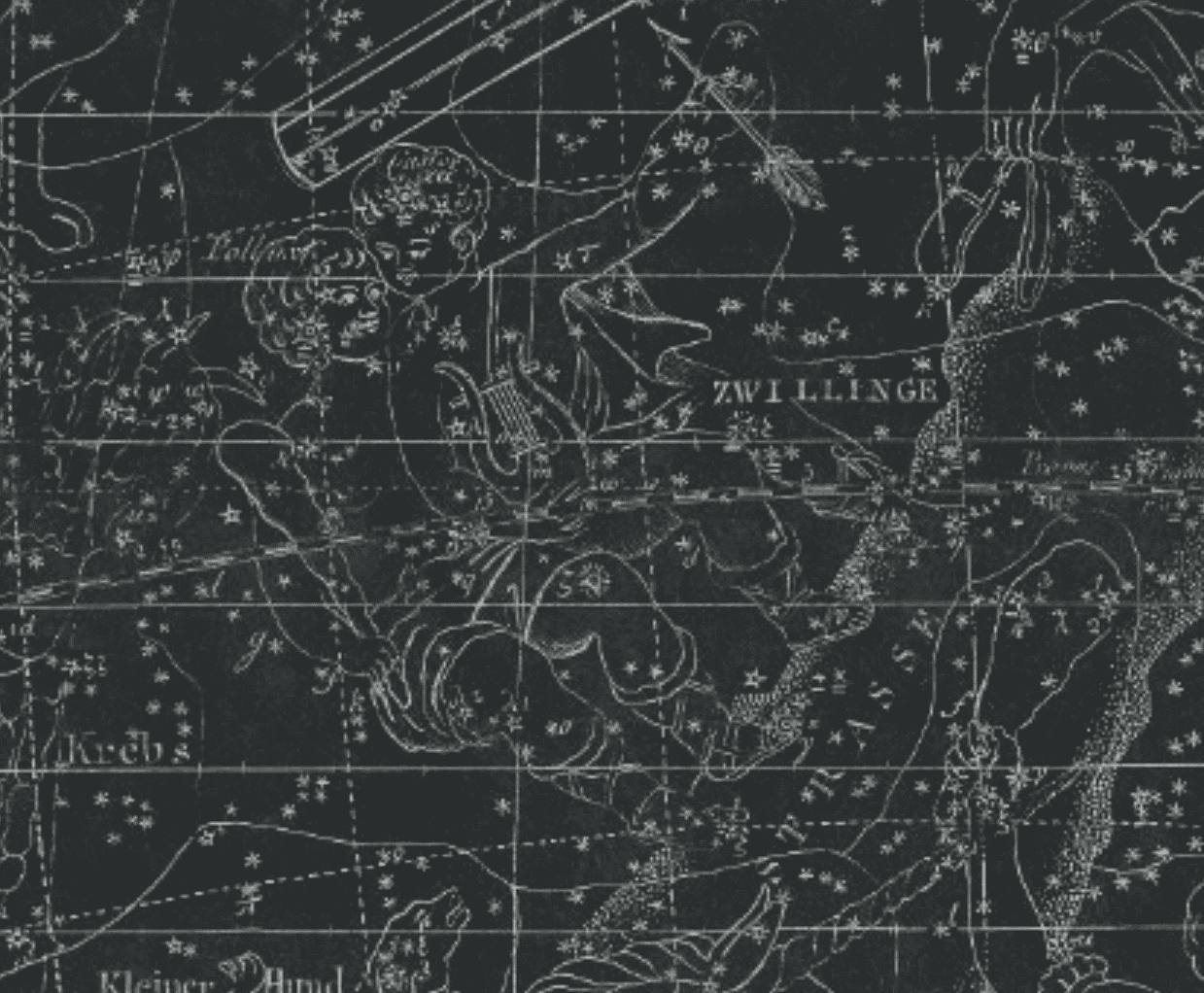
Wasat Star Field in Gemini
The starfield around the star Wasat in the constellation Gemini (also named Delta Geminorum, 55 Gem, STF 1066) first attracted my notice years ago because of its marque denizen, the planetary nebula, NGC 2392 (the Eskimo Nebula) which is a fine object for high...

Oberwerk XL 7mm Eyepieces
I recently added Oberwerk 7mm XL eyepieces to my equipment collection for the purpose of doing comparisons with the 7mm eyepieces I customarily use – Pentax 7mm XWs. A collimation issue has been reported concerning the XL 7mm eyepieces, such that the eyepieces have to...

Gemini — Seldom Seen Star Fields
The most observed object in the constellation Gemini is the rich open cluster Messier 35. Its faint companion cluster, NGC 2159, is better known to the astronomical cognoscenti than more casual observers. The excellent double star Castor, STF 1110, and the planetary...
